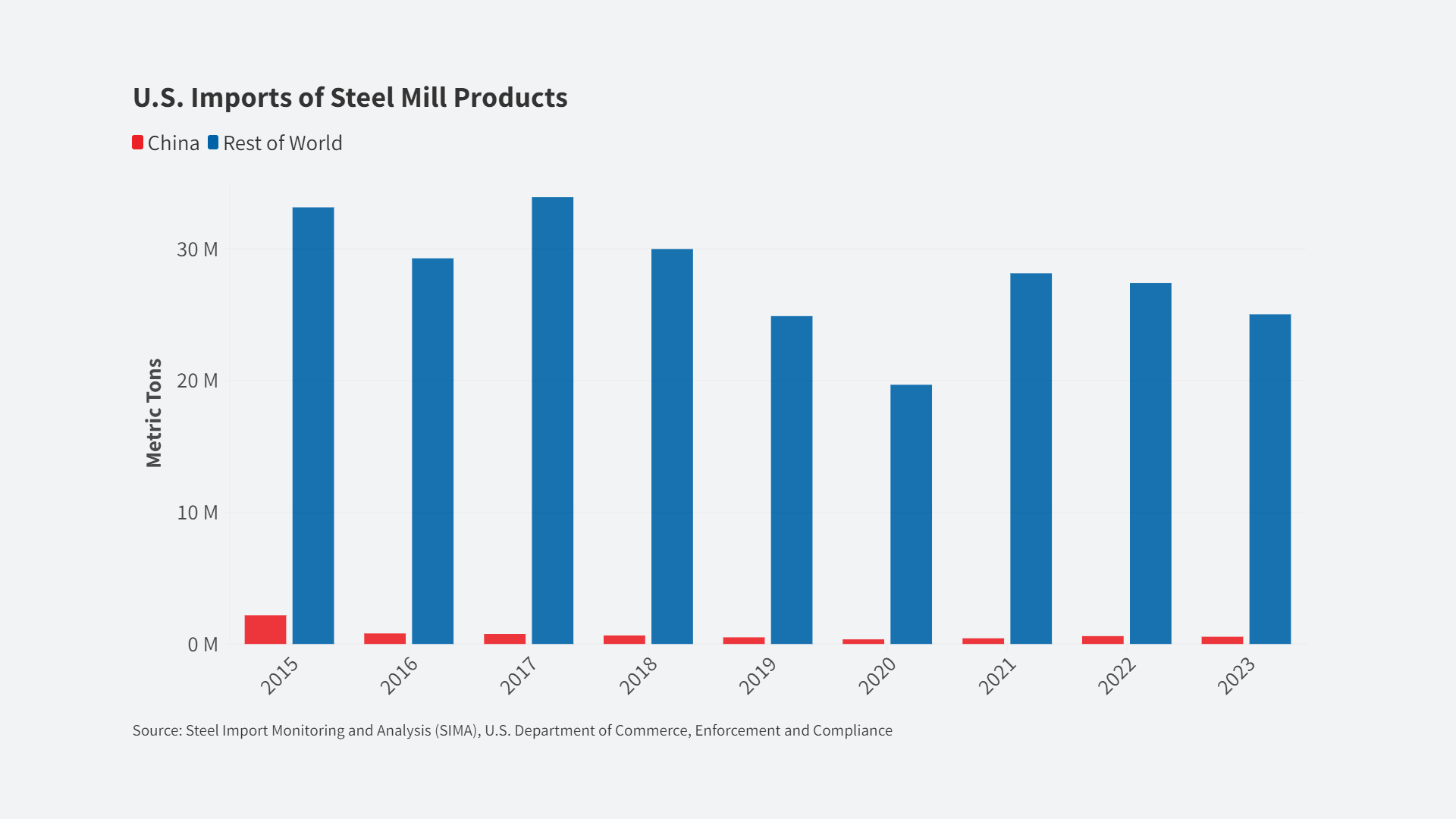By Michael Stumo, CEO of CPA
The most recent outrage for the globalists at the Wall Street Journal editorial board is a proposed Trump administration effort to resolve two different versions of government reported trade statistics for the better. Since the WSJ opinion editors do not think trade deficits matter at all, one wonders why they are incensed about the statistical change that would show deeper trade deficits than previously reported with some countries.
The trade statistics you often see reported wrongly include a growing volume of “Pass Through” goods which cover up a portion of the US trade deficit with certain countries.
For example, Mexican auto parts sold to Japan may be shipped through the Port of Los Angeles. The auto parts register as an “import” when entering the US and an “export” when exiting the Port of LA. Statistically, the shipment increases “imports” from Mexico and increases “exports” to Japan. But the Pass Through auto parts are not economically meaningful for US economic data reporting.
Consider Canadian wheat sold to Vietnam which happens to be shipped through the US en route to the Port of Seattle to be loaded upon ships. The transaction again inflates imports from Canada and exports to Japan though it is not economically meaningful for the US.
The Commerce Department collects and reports data designed to separate out the Pass Through goods. Different government agencies have used both the data that includes and excludes those goods.
Exports: The broadest measure reported by Commerce is Total Exports. Total Exports measures total movement of goods out of the US whether or not they were made in America or simply passed through from another country unchanged.
Commerce also reports Domestic Exports which were grown, produced or manufactured in the US as well as goods that originated in foreign countries but were changed in the US. This measure excludes Re-exports, which are goods of foreign origin exported without change.
Imports: The broadest measure of imports are General Imports which measures the total physical arrival of merchandise from foreign countries. This number includes Pass Through goods which are simply headed to another country. It also includes goods destined for consumption in the US.
Imports for Consumption is the better measure designed to exclude the foreign imports that are simply passing through the US, which is more economically meaningful.
The US Trade Representative has, in the past, reported trade flows by including Pass Through goods. They report Total Exports, an inflated export number, and General Imports, the inflated import number. This often has the result of diminishing the true bilateral trade deficit with some countries like Mexico.
The US International Trade Commission (ITC) has often used the narrower measures, excluding Pass Through goods, when reporting to Congress. For example, the ITC’s report on the then-proposed South Korea-US trade agreement in 2007 used Domestic Exports and General Imports in the report. The Commission did not use the broader measure preferred by USTR.
Former US Trade Representative Michael Froman aggressively campaigned to persuade the ITC to change its data use from the narrower measure to the broader measure. The effect would have been to make trade deficits with FTA countries look smaller and, in some cases, turn to surplus.
The Wall Street Journal outrage piece is glaringly inaccurate. The article wrongly states that the Trump administration is only excluding the export side of the Pass Through goods.
The requested method applies fuzzy math to the treatment of “re-exports,” or goods that arrive in the U.S. as imports but leave unchanged as exports. Think of a car dealer in Buffalo that imports 100 BMWs from Germany but sells 50 across the border in Toronto. The proper way to book this transaction in official data, as the U.S. has for decades, is to record that 100 cars arrived as imports and 50 left as exports, for a net of 50 imports.
The Trump team wants to exclude the value of re-exports from the U.S. export total because these goods aren’t manufactured in the U.S., while keeping them on the import side of the equation. So official data would suggest that 100 cars arrived as imports and zero left as exports, for a net of 100 imports. This is single-entry trade bookkeeping.
No… the bookkeeping includes both sides of the equation. In their haste to hyperventilate, the WSJ missed the fact that the import side of the car shipment Passing Through the US is also excluded. Those 50 Pass Through cars are not included in the Imports for Consumption data because they were not destined to be consumed in the US.
The broader “total” measures are both conceptually and factually inaccurate. The narrower “domestic” measures are conceptually accurate though there can be data collection problems to identify Pass Through goods.
The solution is to use the conceptually accurate narrower measure – i.e. subtract Imports for Consumption from Domestic Exports – to gain a true trade picture. At the same time, the Customs Administration should work to improve the identification of Pass Through goods.
In the meantime, the Wall Street Journal and Douglas Holtz-Eagan need to get their facts straight before they go to print.













